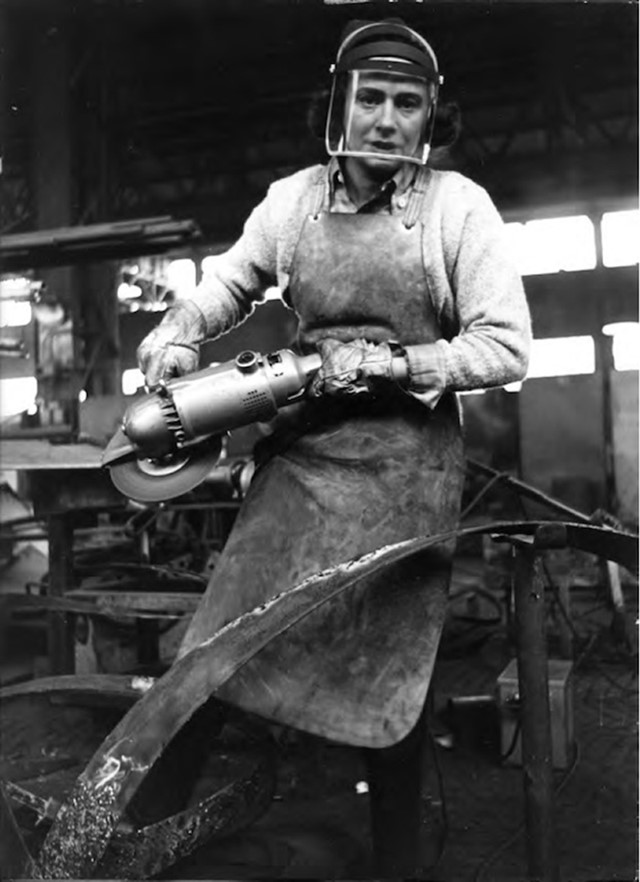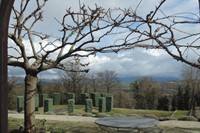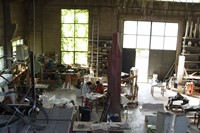As the totemic Land art of Beverly Pepper finally comes to London, AnOther speaks to the 91-year-old artist about the inspiration she has found in the Umbrian hills
What kind of grit did it take for a woman in the 1960s to create sculptures in steel and iron so totemic they made her contemporaries David Smith and Alexander Calder look timid? And how is it that an artist who preceded Richard Serra in monumental ambition is not better known? These are the questions being asked on the eve of Beverly Pepper’s first exhibition in London at the age of 91. Pepper’s sculptures, like many of the Land artists of the time, took the raw materials of modern industrialisation and turned them into objects of beauty. Her sculptures seemed to be hewn from the dirt and filings of the factory floor, twisting Corteen steel like paper into broken circles and painting giant triangular slabs in construction-zone orange.
"Pepper's sculptures seemed to be hewn from the dirt and filings of the factory floor, twisting Corteen steel like paper into broken circles"
In contrast to the workshop grime, Pepper’s life is more like a Fellini film. Born Beverly Stoll in Brooklyn in 1922, she left her middle-class Jewish home for Paris, studying with the painter Ferdinand Léger before moving to Italy and buying a castle in the Umbrian hills with her husband, the writer Bill Pepper. The couple quickly became part of a celebrated group of American ex-pats and a destination for writers and socialites including Martha Gellhorn, Noman Mailer, Ezra Pound, Kitty Carlisle and Marietta Tree. Critics have argued that had Pepper abandoned her golden hills and returned to New York, she might have been better known but this is something Pepper rejects. It is those hills, where long ago St Francis of Assisi walked, that have driven her boundless creativity all these years.
What pulled you towards Todi in the early days, and what kept you there?
I first knew Todi from working for the 1962 sculpture show at the Spoleto Festival dei Due Mondi, during the early 60s. We would lunch at the Restaurant Umbria. When we decided to move to the country, we wanted to move north and not south of Rome, and not more than a two-hour drive from the city, so Todi seemed perfect. I was attracted by the solitude, the landscape and Saint Francis. It was rural, there were no distractions, we knew no one and I had access to the different industrial zones in the area, which made working feasible.
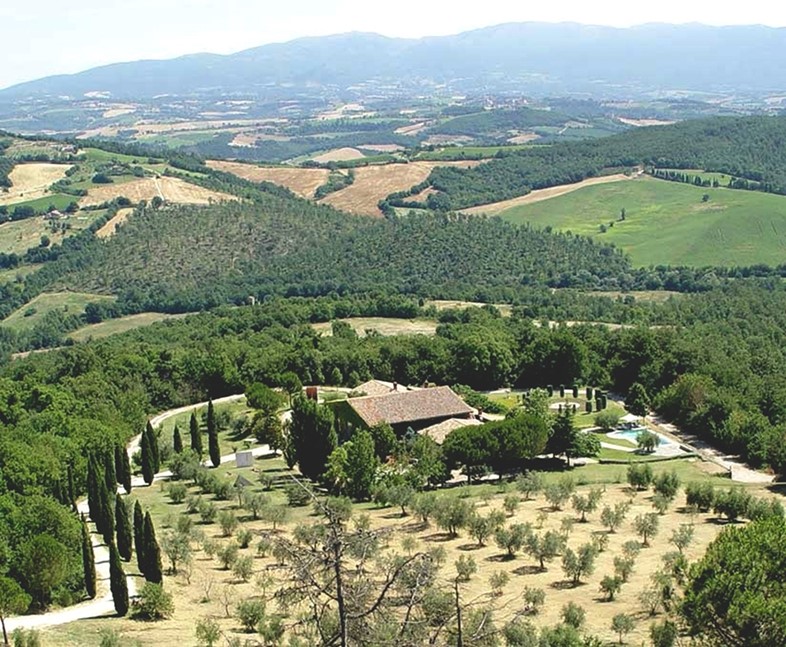
How does that landscape affect your work? Would your art have evolved differently elsewhere?
Of course the landscape affects my work. Everything visual affects my work. What makes this area special is the mystical, unexplainable dimension, where you feel you are in St. Francis’ footsteps.
You continue to be deeply involved with the fabrication of your sculptures, why is that important to you?
Being involved at all stage of the fabrication of my sculptures means that I can recognise and incorporate the divine accident. If I’m not there I would not be able to recognise that extra, unexpected element.
"Being involved at all stage of the fabrication of my sculptures means that I can recognise and incorporate the divine accident" — Beverly Pepper
Are you continuing to explore ideas about time in this new series of curved forms for the Marlborough exhibition?
Time is always one of the elements I use. And by time I mean the effects of weather and atmosphere throughout years, or more. The genesis of this exhibition is continuity. All my works are related, I do not shift from one concept to the other, it is a work in progress.
Could you describe one of your works that currently exists in a location that particularly pleases you, in terms of how the piece exists within its environment?
The work I did in Vilnus is particularly interesting because the texture of the walls are made of the actual branches from the trees on site. Palengenisis in Zurich is interesting because the site forced me to do a very narrow piece, becoming a sequence of vertical elements that gradually separate from a wall that generates them.
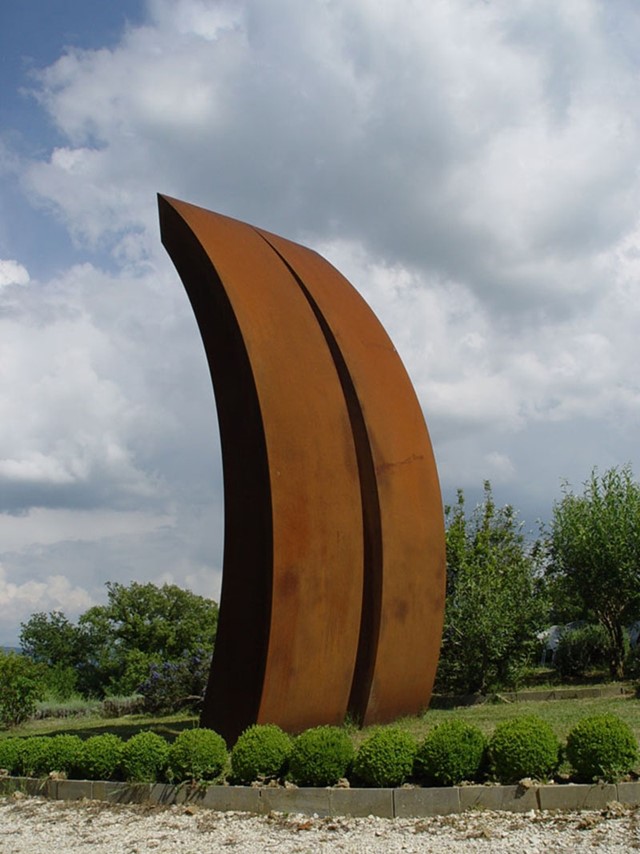
Your home in Italy has hosted numerous visitors and friends over the years – could you describe a particularly memorable occasion there?
The studio is the centre of my home. Literally. I used to joke that I wanted a place where I could work out of a wheelchair if necessary. In the late 90s I designed and built my house to be on one floor and encircle my studio. And then it happened: a sculpture fell on my foot and broke it. I was in a wheelchair and could go from my bedroom to my work place in a few minutes alone.
Could you describe the view from your window today?
I see my garden. I designed a Stonehenge – a circle of cypress trees. It’s a rather mystical place. The circle is empty and I am still waiting to conceive something to put in it.
Beverly Pepper: New Works is at Marlborough Fine Art from until July 31.
Introduction by Jessica Lack
Interview by Hannah Lack
